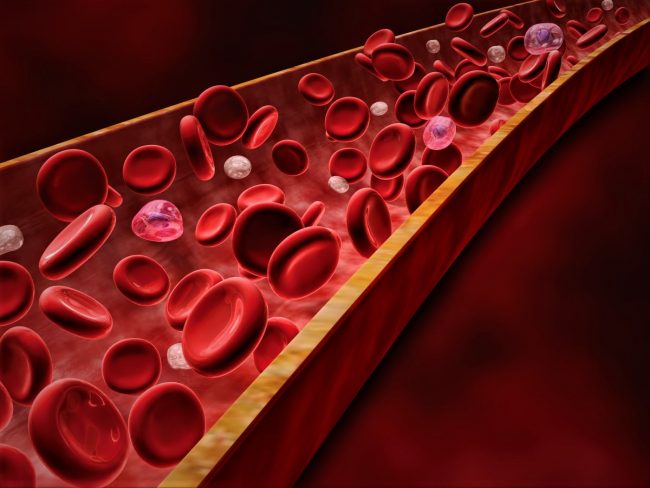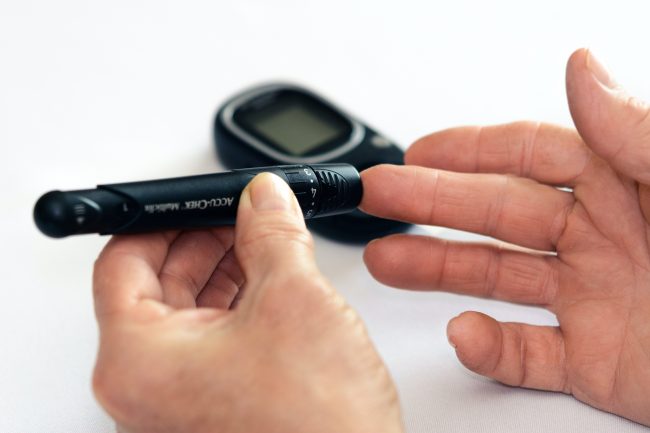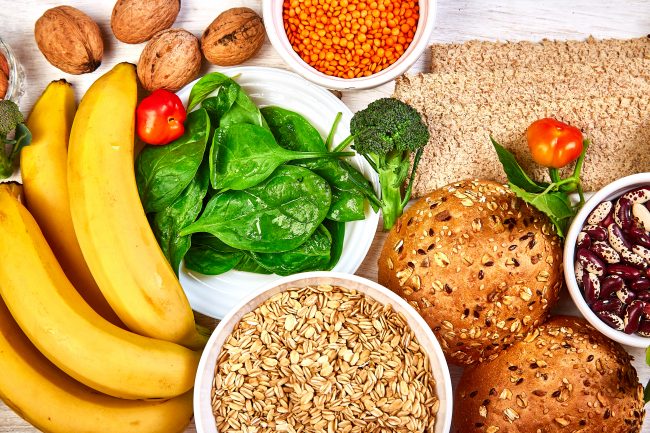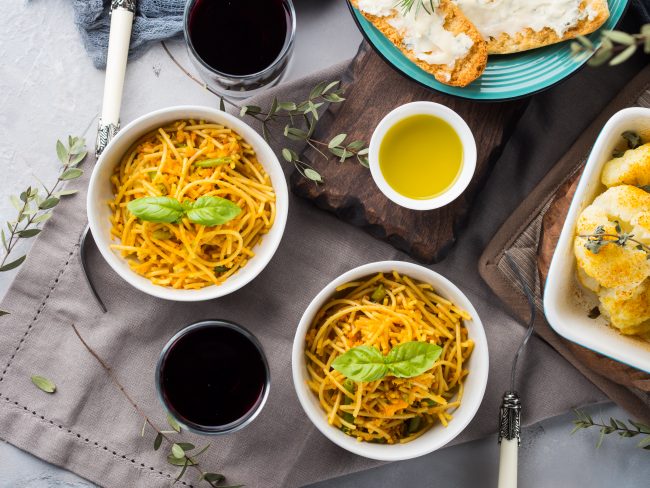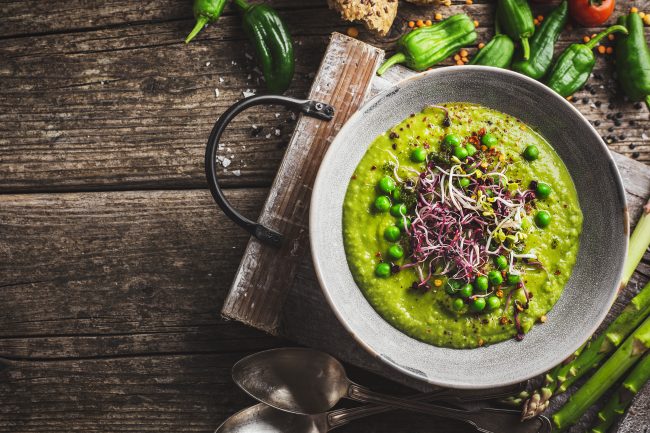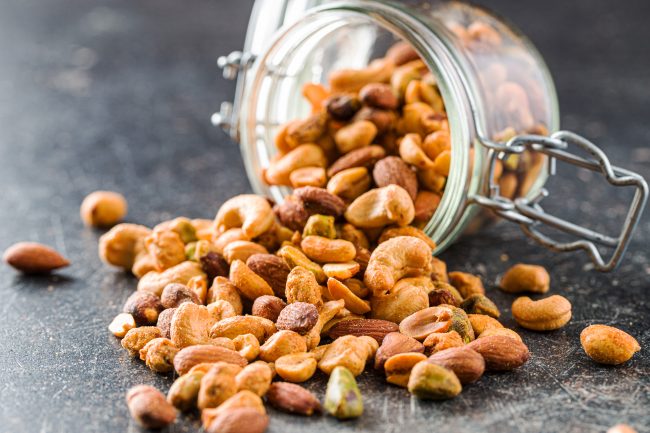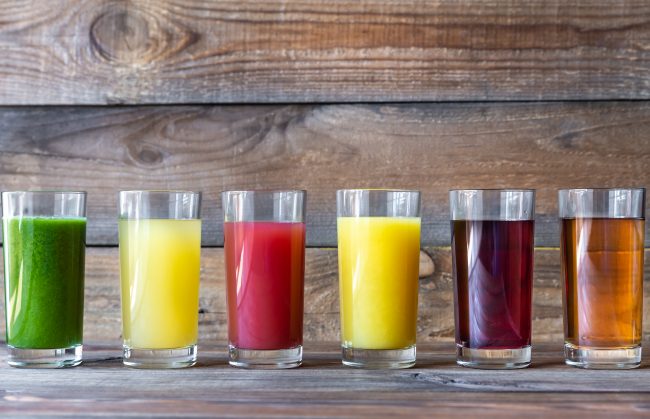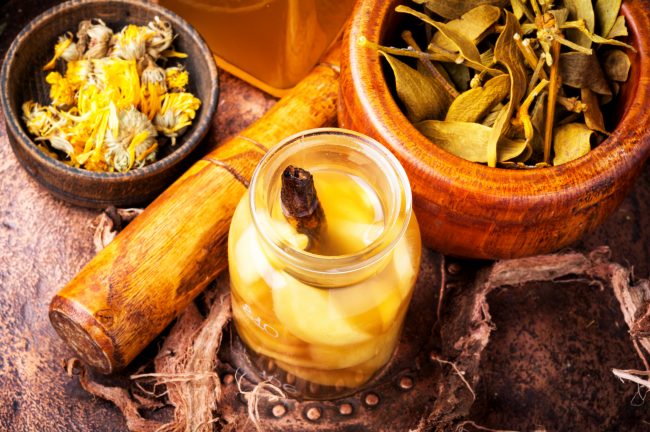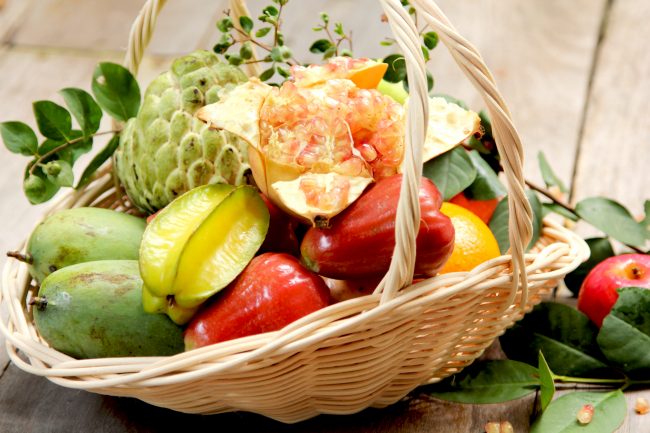Diet for venous insufficiency is to prevent the reverse flow of blood in the arteries. It controls the normal course of the blood supply to the arteries and veins, a joint body vein with valves simultaneously, i.e., the venous ulcer of the body. The inability of valve regulation causes posterior flow, which creates congestion and leads to ulcers in the infected area of the human body.
Congestion in the arteries causes excessive pressure on the veins. The heart itself does not maintain proper pumping order for the blood to move through the arteries and other thin and delicate areas of the body. All of this is caused by venous hypertension of the arteries.
The hemoglobin found in the red blood cell immediately escapes and begins to leak into the extravascular space with a brown discoloration or pigment of such a nature. Wounds are not healed due to leakage of blood proteins and the separation of Ghanaian cellular matrix molecules.
Oxygen and nutrients do not reach the body’s building cells because a substance called fibrin builds up around the blood vessels and tries to block the passage of other nutrient proteins or vitamins and minerals, and reaches its specific state and remedy. Disease. It also causes leukocytes, i.e., insufficiency of white blood cells.
Venous Insufficiency Symptoms
Symptoms of chronic venous insufficiency include:
- Feeling tight or itchy in your calves, painful legs
- The pain when walking stops when you relax
- Swelling of your legs or ankles
- Color-changing skin, especially around the ankles
- Throbbing or heavy sensation in your legs
- Foot ulcers that are sometimes difficult to treat
- Painful leg cramps or muscle cramps
Chronic venous insufficiency Symptoms may appear similar to other health conditions. Consult your doctor for a better diagnosis.
Venous and Diabetic Insufficiency
Venous and diabetic insufficiency is the improper functioning of the venous blood supply to the only vein and is caused by damage and obstruction to the artery. The veins carry blood from the legs to the legs and down to the heart. It is the accidental pumping of the leg muscle that clears the way for the contraction of such ulcers of the leg. It causes a reflex. Reduces pressure awareness from sensory neuropathy and causes neuropathic ulceration in the leg area.
Risk factors include prolonged standing or sitting; High blood pressure; Obesity; Fractures and injuries to the leg region; Renal failure; Clotting with uncontrolled circulatory disorders of the blood vessels or capillaries of the legs; Excessive swelling in the legs; Cerebra- vascular or peripheral vascular disease with a history of heart disease Etc.
Best Diet Plan For Chronic Venous Insufficiency
Venous Diet:
The main thing you want to focus on is fiber. Fiber will play a significant role in managing the symptoms of chronic venous insufficiency. For breakfast foods that are high in fiber, you may want to look at bread and oats. These snacks can be muffins, toast, oatmeal, and bran flakes. If you’re in the mood to add a little more flavor to your breakfast, both raspberries and strawberries are high in fiber. They will add good taste to breakfast.
Lunch Diet:
After breakfast, you will see that the lunch has a little more substance in it. For the main part of the meal, you can choose to turn to vegetables. Baked potatoes not only cook in a variety of ways but also provide a significant source of fiber. The same applies to cauliflower, which you can also cook in a variety of ways.
Spaghetti is also an option if you want to see other recipes for lunch. However, make sure the spaghetti you choose is whole wheat. For a little more substance in the diet, you can consider adding beans to your meal if you feel like it.
Dinner Diet:
For dinner, you’ll probably find some meat to be the main course of your meal. Because you want to focus on increasing the amount of fiber for diet for venous insufficiency, it doesn’t always matter what type of meat you choose. Instead, you want to focus on what you add to the dish. You may want to look at broccoli, green peas, turnip greens, Brussels sprouts, sweet corn, and carrots for vegetables.
You should boil carrots except for everything. Boiling vegetables, cook them while retaining fiber whenever possible. If you want to add some fruits to your diet, you will want to look at pears, bananas, oranges, and apples. And If you want to add some apples to your dinner, you should make sure their skin is still there.
If you specifically want to know which beans are best for dinner, then boiled black beans, boiled lentils, and canned roasted beans are excellent solutions.
Snacks Diet:
After this meal, you may wonder what other high-fiber foods are for breakfast. If you want to eat breakfast, you will want to see almonds, pistachios, and sunflower kernels. Popcorn is also an excellent snack. This snack is also slightly salted or roasted to give it a little flavor. After all, most people like to be able to eat delicious snacks between meals.
The good thing about this snack is that it is also healthy, which can benefit everyone.
Drinks Diet:
When you’re looking at drinks, you will want to find a balance between taste and fiber. A drink that is high in fiber is not going to taste very good. In general, you will prefer to find juices made with the same fruits and vegetables that have a high fiber count. These include raspberries, pears, apples, bananas, oranges, strawberries, sweet corn, and carrots. It can be hard to find a drink that has a drink. But juice with those ingredients will work best for your diet for venous insufficiency.
Herbs Diet:
Aside from fiber, some herbs have been shown to help with symptoms of chronic venous insufficiency. While not a complete herb, horse chestnut seed extract is an extract traditionally used for swelling and inflammation.
These two things can be brought about by chronic venous insufficiency. Pycnogenol is an extract of French pine bark, and it can reduce the chances of clots in your feet during long flights. Nattokinase is an enzyme deriving from NATO, a traditional Japanese food.
Gotu Kola is a tropical plant that has always been used in traditional Southeast Asian medicine. Butcher’s broom extract can also help permanently swollen veins, which can occur when you have chronic venous insufficiency. These are just a few of the herbs and extracts you may want to look for.
Fruit Diet:
Many fruits have helped with chronic venous insufficiency, all due to their fiber levels. Raspberries, pears, apples with skin, bananas, oranges, and strawberries are all fruits you want to pay close attention to as they can give a lot more than just fiber.
Most of these fruits contain valuable nutrients that everyone and everyone needs. Surprisingly, a cup of raspberries has more fiber than a medium-sized pear.
Nutrition for Venous Insufficiency
60% of human bodies are composed of water. It’s essential to our internal organs, and it does support the health of our veins. Water helps flush out waste products and reduce symptoms of venous insufficiency.
Women need 25 grams of fiber, whilst men need 38 grams of fiber every day. The high consumption of dairy products, starches, and red meat can cause constipation, a physical condition that places extra pressure on veins. Varicose veins are often more critical by being overweight. Dietary fiber helps in maintaining weight and losing weight. Consuming these high-fiber foods will help cure constipation and reduce the chances of venous insufficiency.
Vitamins and minerals are also a vital part of any healthy diet. Even if you eat a correct proportion of vegetables and fruits daily, it can be easy to overeat one while missing out entirely on another. For individuals who regularly suffer from venous stasis ulcers, eating a rich diet in a few essential nutrients is necessary to reduce specific symptoms.
According to the National Institutes of Health (NIH), considered an essential mineral like zinc can help maintain a healthy immune system in diabetic and non-diabetic individuals. Zinc has shown to help keep skin and mucosal membranes. The source recommends that adults should get about 40 mg per day. While some supplements are available in the market. You can also add some zinc-rich foods to your diet for venous insufficiency:
- Oysters (74 mg)
- Beef chuck (7.0 mg)
- Alaskan King Crab (6.5 mg)
- Roasted cashews (1.7 mg)
- Yogurt (1.7 mg)
Prolonged Wound
A wound becomes prolonged with the reaction of other components found in the blood that become inflamed. Obstruction of blood flow to the arteries, refraction increases the process of injury. Venice stasis ulcers are found in the cross of the human body. Transduction of inflammatory mediators occurs in subcutaneous tissues formed on the lower extremities, including some skin tissues.
The most common criteria for such an event are the relationship with its proper flow of blood circulation and its non-stop regulation to function effectively. Venous leg ulcers are specific types of ulcers where human skin is lost on the legs.
There are mainly two distinct stages of foot ulcer syndrome: chronic and acute. Acute ulcers follow a normal healing process lasting less than 4 weeks. They include postoperative and traumatic lesions due to infectious agents close to the region. At the same time, chronic ulcers are perennial in nature and persist as weak but complex roots.
Foot ulcers are caused by an injury caused by poorly fitted ski boots that must be too tight, and there is no room for fresh air or pressure on the foot due to the plaster cast used for accidents. The foot area of the human body.
Tuberculosis and Leprosy
Tuberculosis and leprosy occur in the form of bacterial infections and other infectious agents. The names of the bacteria are eczema and deficiency. A skin biopsy is committing by a dermatologist for possible skin cancer, which causes such venous ulcers of the feet to occur on the edge of a suspected lesion. Skin diseases are caused by systemic factors like vasculitis or sclerosis etc.
‘Arterial insufficiency’ refers to low blood circulation in the bloodstream, and it is too weak to reach the leg area due to atherosclerosis. Fatty acids or other substances deposit and constrict the arteries in the arterial walls of vessels. Hypertension; With improper circulation and chain-smoking, the cholesterol level in the blood can significantly increase, which exacerbates leg ulcers.
FAQs Related to Venous Insufficiency
Clinical trials have found to help reverse symptoms of venous insufficiencies like leg swelling and itching. It may even help reverse skin damage and discoloration caused by prolonged venous insufficiency. Add Flavonoids to your diet like:
• Red and green peppers
• Spinach, Broccoli, and Brussels sprouts
• Apples
• Citrus fruits (lemon, lime, and orange)
• Berries, Peaches
• Eggplants, Peas and Mushrooms
• Fruit such as bananas and melons
A high concentration of sodium in the blood induces the body to retain more water than usual. This causes an increase in blood volume, which leads to a rise in pressure in the vein. You should limit foods with high sodium content like canned soups, ham, pizza and hot dogs.
Varicose veins develop when small valves inside your veins stop working proper activities, which helps tighten distended veins and repair their standard structure. Sclerotherapy is a successful treatment for varicose veins and spider veins. With sclerotherapy, a salt solution injects into the damaged vein. Without treatment, a minor problem with your veins can get much more severe. You can do things at home to relieve symptoms.
Apples and citrus fruits are two excellent substitutes that are both high in nutrition. In addition, leafy greens play an essential role in healthy blood circulation. Blueberries are filled with flavonoid pigments and are a great source of soluble fiber. Many fruits like oranges, apricots, tangerines, and mangos are high in Vitamins and a good source of omega-3 fatty acids, which also help build strong veins.
